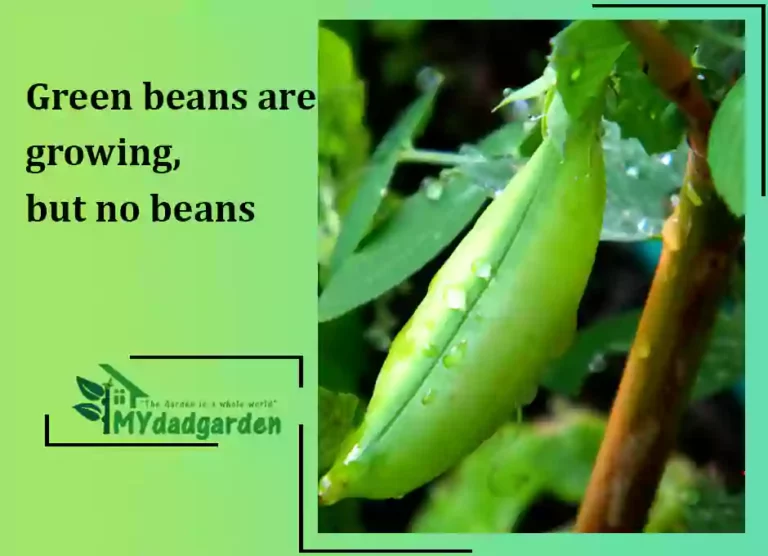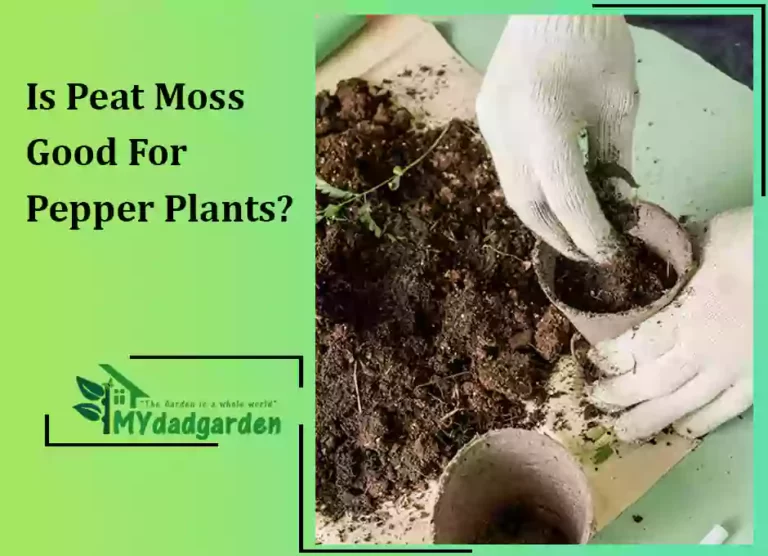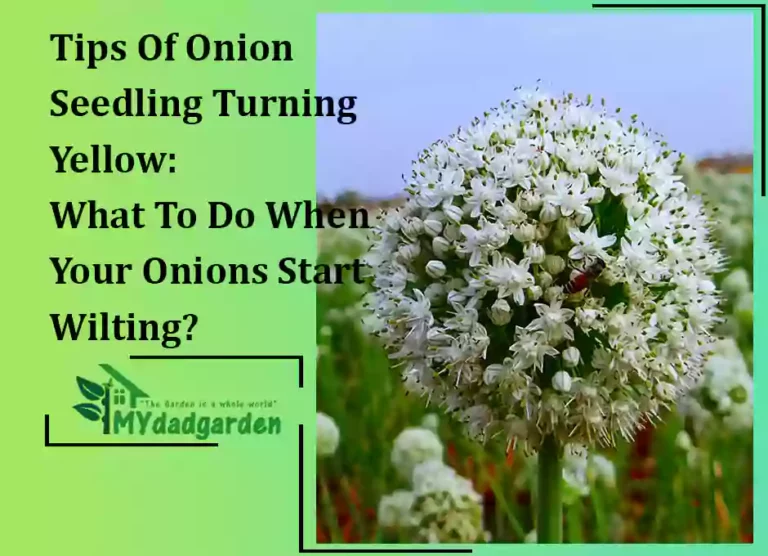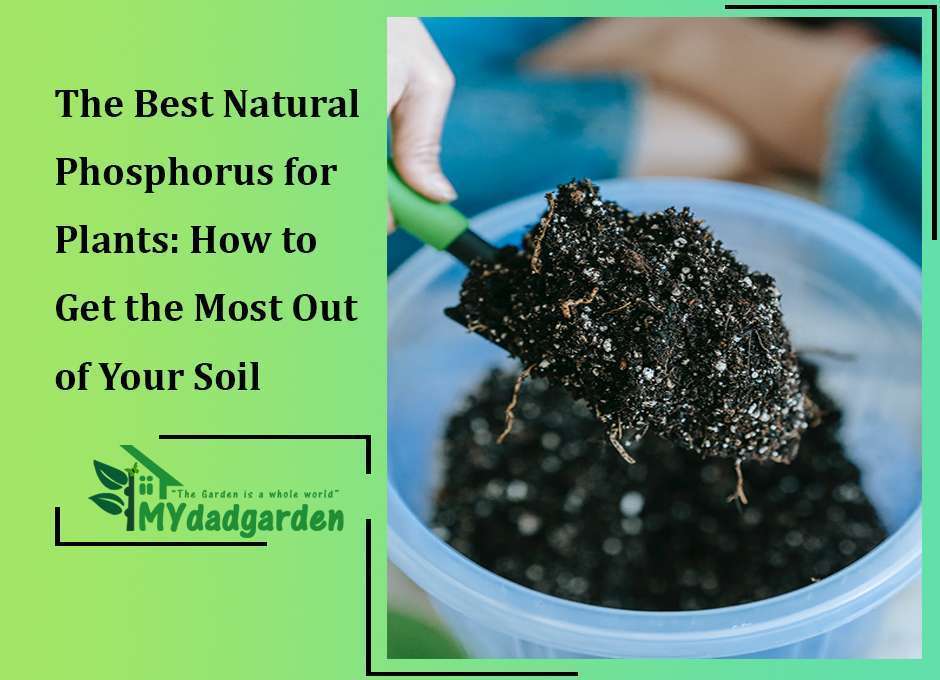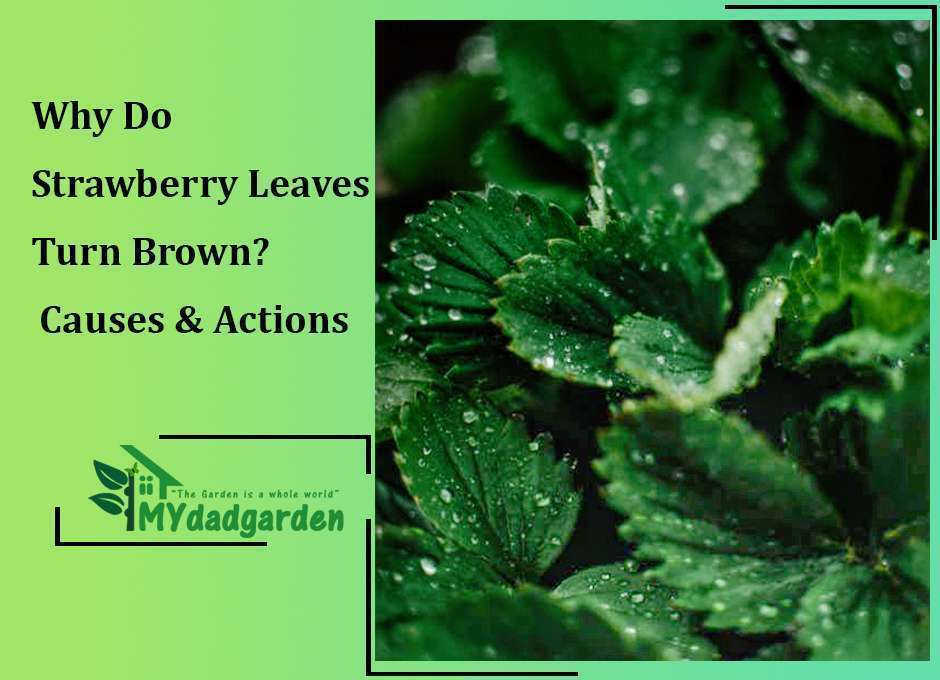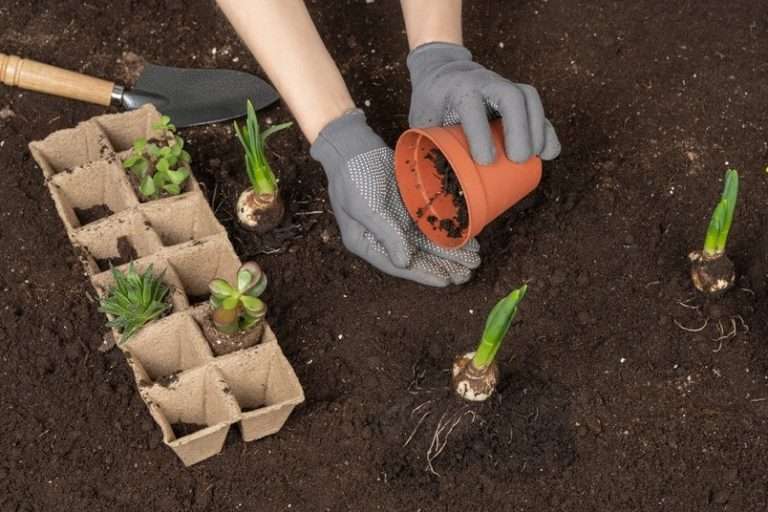Will Frost Kill Potatoes?
As the temperature begins to drop, frost becomes a concern for gardeners. Will frost kill potatoes? The answer is yes and no. Let’s take a closer look at how frost affects potatoes.
When it comes to plants, frost can act in one of two ways. It can damage the plant, causing the cells to rupture and causing permanent damage. This damage is most common with young plants that have not yet had a chance to harden off. Frost can also kill a plant by causing it to go into shock. In this case, the plant’s cells are not ruptured, but they are frozen solid. While the plant may be able to recover from this, it is often left weakened and more susceptible to disease and pests.
Regarding potatoes, frost will usually only damage the plant’s leaves. The potato itself is underground and protected from cold temperatures. However, the potato itself can be damaged if there is a severe enough frost. This damage is typically seen in early-season potatoes that have not had a chance to fully mature. Later-season potatoes are less likely to be damaged by frost because they have had more time to develop their protective skin.
Frost can damage or kill potatoes depending on the severity and timing of the frost. Early-season potatoes are more susceptible to damage because they have not had as much time to mature. Later-season potatoes are less likely to be affected because they have had more time to develop their protective skin. Gardeners should be aware of forecasted frosts and take steps to protect their crops if necessary.

Table of Contents
How to Protect Your Potato Plants From Frost?
When temperatures drop in the fall, gardeners must start thinking about protecting their plants from the cold. This is especially true for gardeners who want to prolong the growing season and enjoy fresh potatoes well into winter.
If you’re a gardener, you know that frost can be a real problem for your plants. Frost can damage leaves, weaken stems, and kill flower buds. It can also cause the roots of your plants to freeze, which can damage or kill the plant. Fortunately, there are a few things that you can do to protect your plants from frost.
Cover the plants with a frost blanket or tarp. This will help to insulate the plants and protect them from the cold air. You can find frost blankets and tarps at most hardware stores. Drape the blanket or tarp over your plants, ensuring that it doesn’t blow away in the wind.
Move the plants to a sheltered location. If possible, try to find a spot protected from the wind. This will help to reduce the amount of frost damage. A garage or shed would be a good choice, but placing the plants close to your house will offer some protection from the wind.
Water the plants thoroughly. Moist soil will absorb more heat than dry soil, which can help to protect the roots from frost damage. Be sure to water the soil, not just the plant’s leaves.
Mulch the plants. A layer of mulch will insulate the soil and help to keep it warm. You can use straw, hay, leaves, or even old newspapers as mulch. Spread a layer of mulch around the base of each plant.
By following these steps, gardeners can help to minimize frost damage to their potato plants.

Can Plants Recover From Frost Damage?
The quick answer is yes, most plants can recover from frost damage. However, the extent of the damage and how well the plant recovers depends on several factors, such as the type of plant, the severity of the frost, and how long the plant was exposed to the cold. Let’s take a closer look at each of these factors to better understand what to expect if your plants suffer frost damage.
Frost occurs when the air temperature falls below freezing (32 degrees Fahrenheit), so water in plant tissues freezes. This can cause cell membranes to rupture and lead to tissue death. Frost damage is often first noticed as wilting or drooping leaves, but it can also cause leaves to turn brown or black. In severe cases, branches may snap off entirely.
Fortunately, most plants can recover from minor frost damage with little effort on your part. However, more serious damage may require some intervention to help your plant recover. Read on to learn more about what you can do to help your plants recover from frost damage.

Type of Plant
The type of plant plays a big role in how well it will recover from frost damage. Annuals and perennials are typically more susceptible to frost damage than shrubs and trees because they have thinner tissue layers. Their cell membranes are more likely to rupture when exposed to cold temperatures. As a result, annuals and perennials are more likely to suffer irreparable damage or die when exposed to frost than shrubs and trees.
Severity of Frost
The severity of the frost also determines how well a plant recovers from frost damage. A light frost that lasts only a few hours will not likely cause much damage beyond some leaf wilting. However, a severe frost that lasts for several days can kill annuals, perennials, shrubs, and trees.
If you live in an area that experiences frequent frosts, it’s best to choose plants that are known to be tolerant of cold weather so that you don’t have to worry about them being damaged every time there’s a light frost.

Duration of Exposure
How long a plant is exposed to cold temperatures also affects how much damage it sustains. For example, if you bring your annuals inside before nightfall on the first winter day, they’re not likely to suffer significant damage because they won’t be exposed to frigid temperatures for very long. However, if you leave them outside all winter without providing any protection from the cold (e.g., mulch or an insulated tarp), they will almost certainly die because they will be subjected to sub-freezing temperatures for months.
Most plants can recover from Frost Damage with some effort on your part, depending on the Type of Plant, Severity of Frost, and Duration of Exposure! Keep these things in mind, and your plants should be just fine 🙂
FAQ

Will potatoes come back after frost?
The answer is tricky, as it depends on several factors. If the temperature falls quickly and stays below freezing for extended periods, the potatoes will likely be killed.
However, if the plants are only exposed to light frost, they may recover once the weather warms up again. In addition, newer varieties of potatoes are more resistant to frost damage than older varieties.
Do I need to protect potatoes from frost?
Some varieties of potato plants are more tolerant of cold weather than others. If you are unsure whether your potatoes will be harmed by frost, it is best to avoid caution and take steps to protect them, as we discussed above.

What temperature will kill potatoes?
At 31-33 degrees F, potatoes will be killed. However, they may remain in the ground and appear to be alive. If you dig up a potato exposed to cold temperatures, you may find that the inside has turned white or brown. These potatoes are no longer edible and should be discarded. So, if you’re growing potatoes in an area where the temperature dips below freezing, harvest them before the first frost.
Previous Article: Why Are My Plants Dying After I Re-Pot Them?


